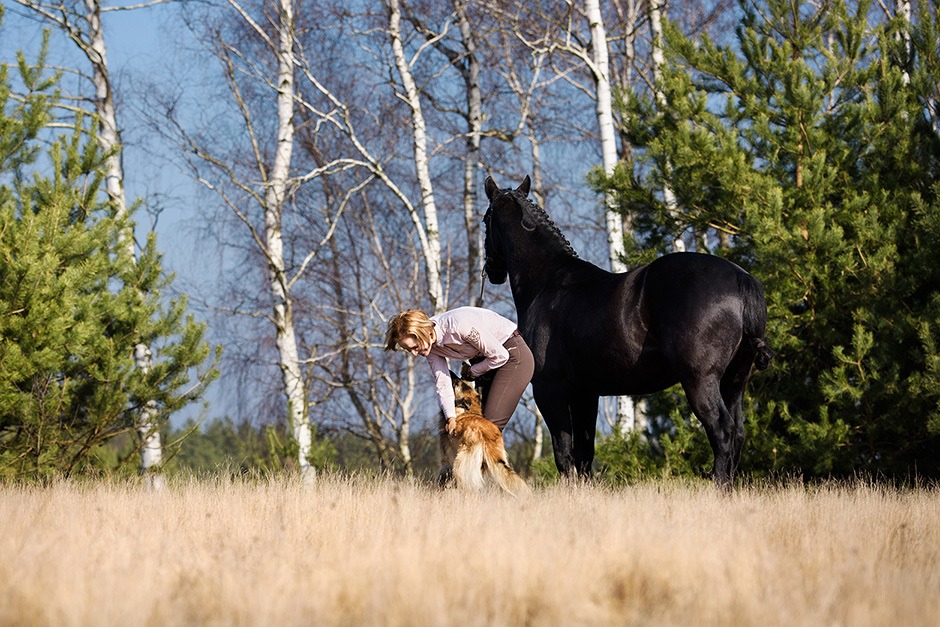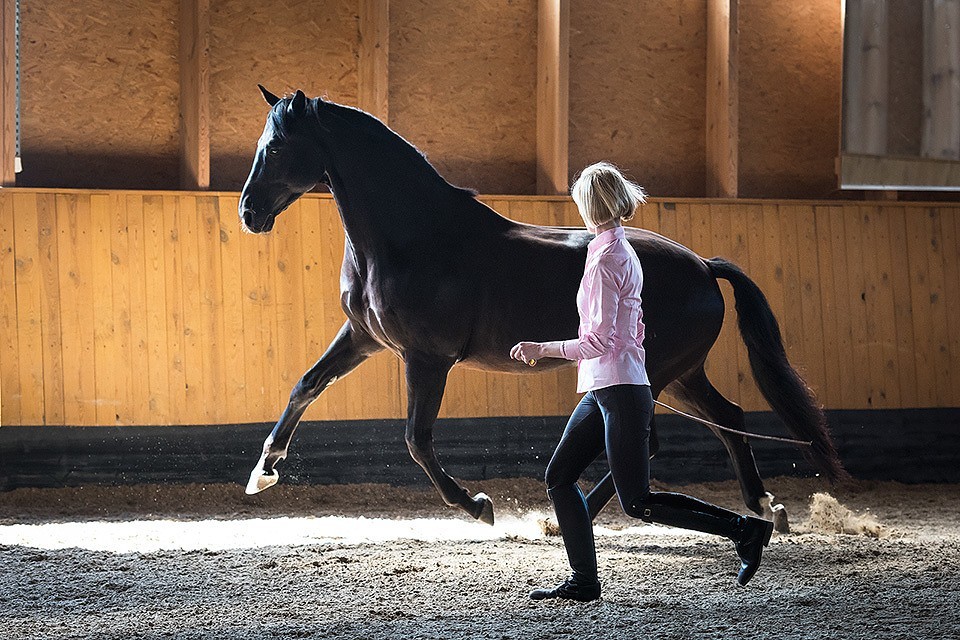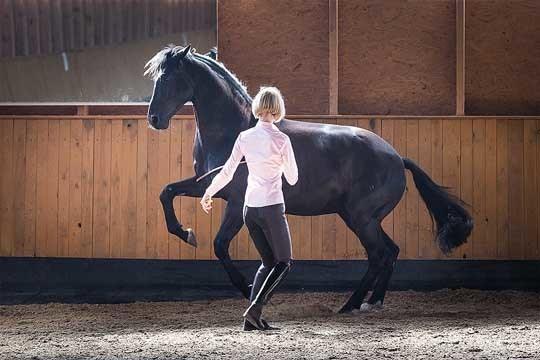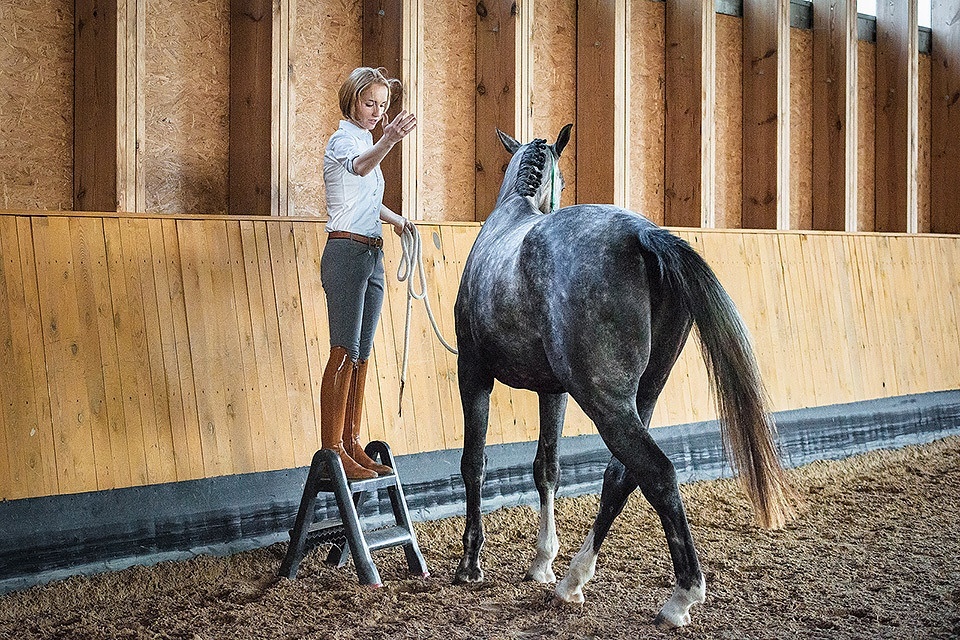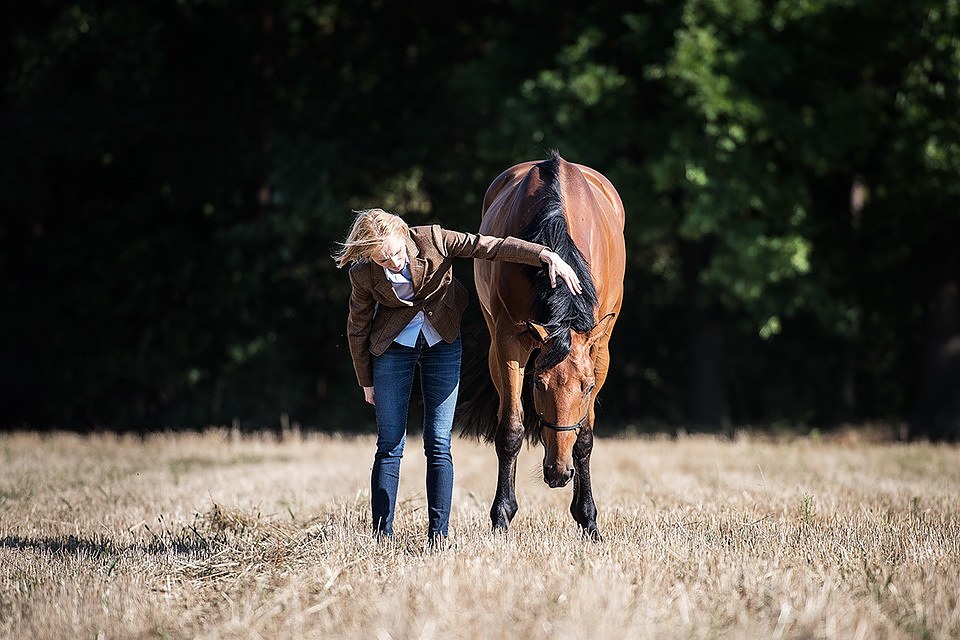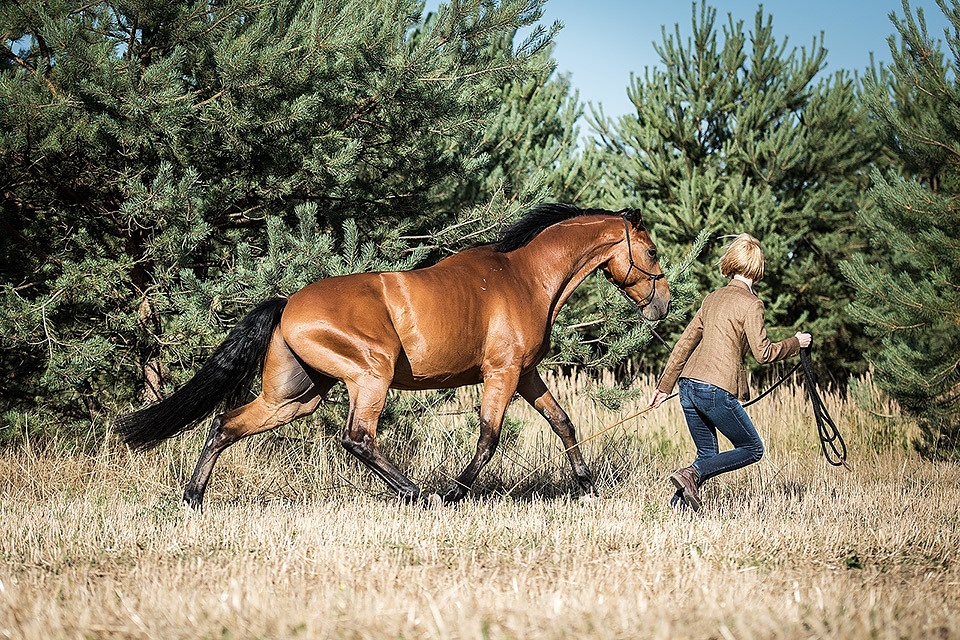As Optimal Performance Program PRO Trainer, you are going to work with clients’ horses, and not with the clients. This means that the Optimal Performance Program Relaxation Technique will be taught by you to the horse, and not to his owner or trainer. However, you will need to communicate with the client, and you will
When accepting the new horse in for the Optimal Performance Program Training, it’s very important for you to evaluate the horse’s tensions. How to evaluate the Horse’s Tensions? Ask the owner to send you a photo of the horse. When observing the photo of the horse mark areas of tensions in the horse’s body, address
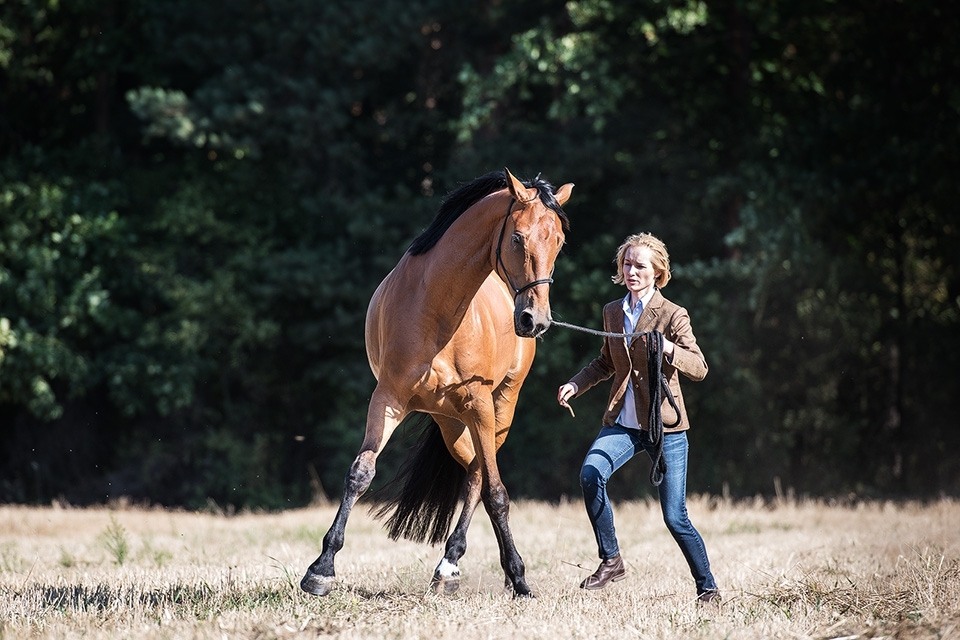
What’s Next After the Optimal Performance Program? You are now at a powerful turning point in your journey. After completing the Optimal Performance Program — or even while still progressing through it — many students feel the natural desire to go deeper. They see how their horse responds, how layers begin to dissolve, and they
1. General Understanding of the Program Q1: What is the Optimal Performance Program (OPP)? A: The Optimal Performance Program (OPP) is a groundbreaking training system built around eight structured relaxation techniques designed to help horses recognise, process, and release both physical and neurological tension. Unlike traditional approaches that manage behavior or desensitize reactions, OPP focuses
Relaxation at Changing Movement Patterns: Introduction Relaxation at Changing Movement Patterns: Theory Lecture Let’s Begin The Practice Relaxation at Changing Movement Patterns: Blueprint Relaxation at Changing Movement Patterns: Going Deeper
Relaxation at Elevated Heart Rate: Introduction Relaxation at Elevated Heart Rate: Introduction to the Theory Relaxation at Elevated Heart Rate: Theory Lecture Let’s Begin the Practice
Relaxation at Difficulties: Introduction Relaxation at Difficulties: Theory Lecture Let’s Begin the Practice
Relaxation at Restrictions: Introduction Relaxation at Restrictions: Theory Lecture Let’s Begin the Practice Relaxation at Restrictions: Step 1 Relaxation at Restrictions: Step 2 Relaxation at Restrictions: Step 3 Relaxation at Restrictions: Step 4
Relaxation at Orders: Introduction Relaxation at Orders: Theory Lecture Let’s Begin the Practice
